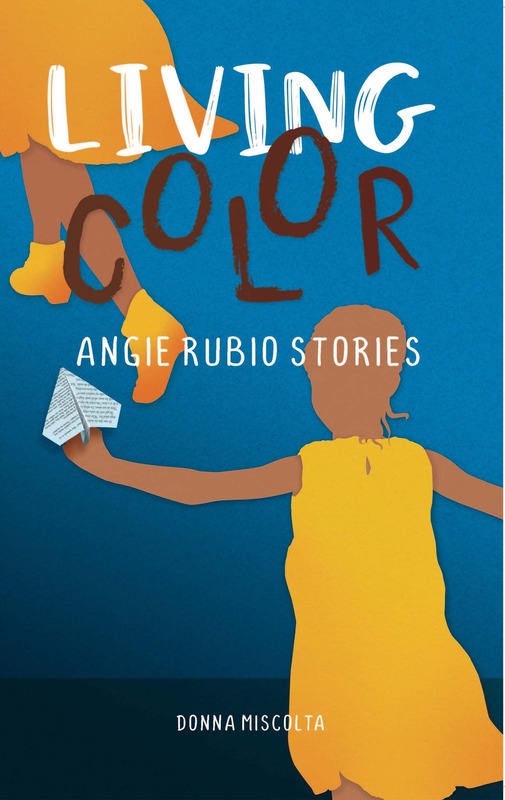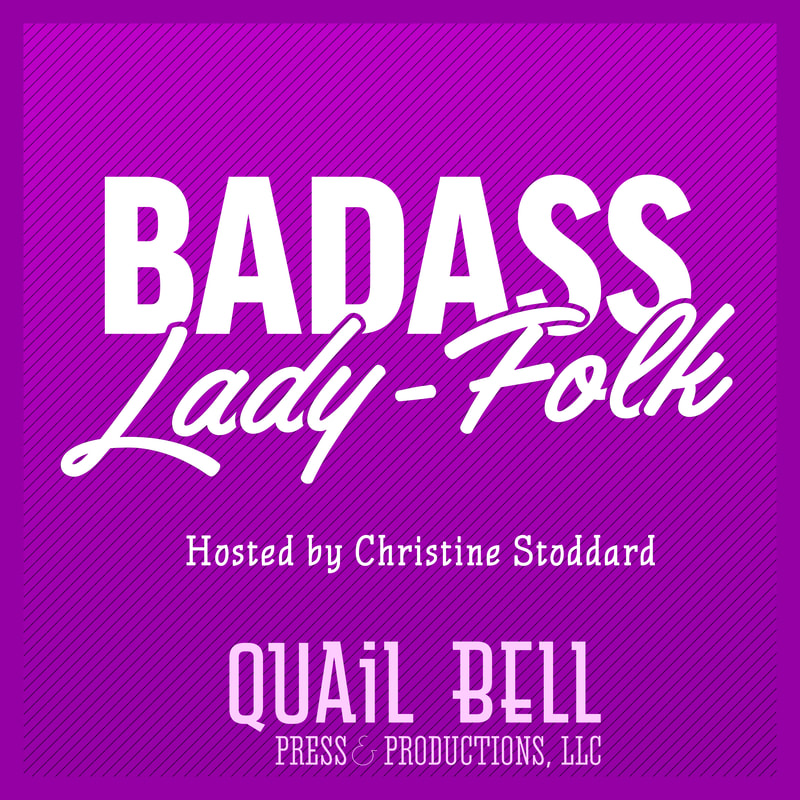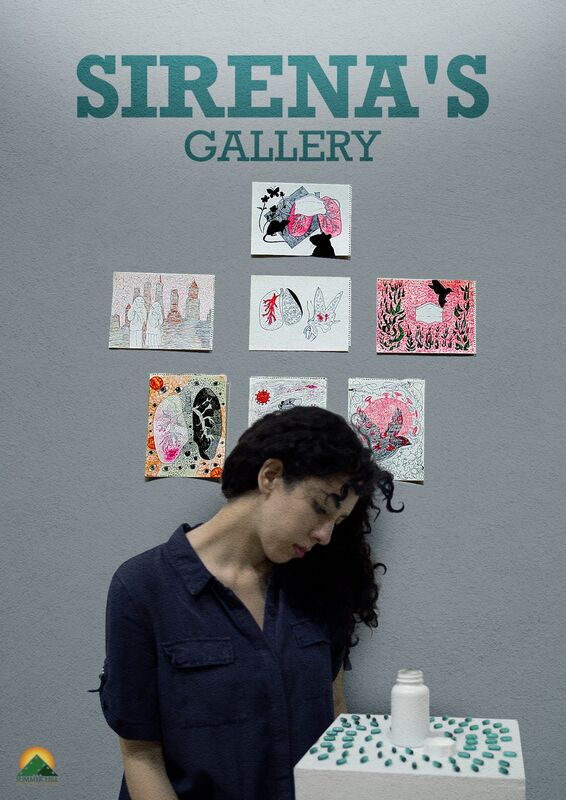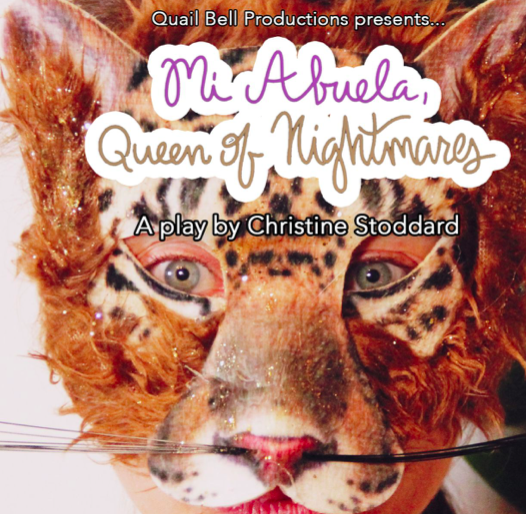|
The Breadcrumbs widget will appear here on the published site.
Changes big and small
By Alex Carrigan
In 2014, the Richard Linklater film Boyhood was released to critical acclaim and Academy Award nominations. The film was shot over 12 years, following a young boy through his childhood and teen years, and allowing the viewer to see the actors naturally age on screen. The film was well-received, but did receive some mixed responses towards its narrow focus on a white boy in Texas, with most of the setting around him barely affecting the story beyond the minor window dressing of Dragonball Z bed sheets and Harry Potter book releases. But the framework of the film was one that had a lot of potential to be tackled in other media and in different ways.
In her forthcoming novel Living Color: Angie Rubio Stories, Donna Miscolta follows a young girl named Angie Rubio from kindergarten to her senior year of high school. Unlike Boyhood, Living Color follows Angie through the mid-2oth century, starting in 1958 and ending in 1970. In the book, Angie, a Mexican-American girl, deals with family moves, adolescent challenges, and various social and political issues of the time. Each chapter is a snapshot of the most significant moments and relationships in Angie's life in that particular year. This causes a lot of characters and moments to come and go for years at a time, and for large changes to occur between chapters. The Rubio family moves, Angie's parents get new jobs, and friendships start and end before the chapter ends. Each chapter tends to follow a specific theme or recurring moment in Angie's upbringing, such as the chapter "Current Events" following fifth grader Angie as she handles a current events project in her class and dealing with "current events" as big as Sam Cooke's arrest and the Kennedy assassination and as small as Angie going to a slumber party. Something that helps Living Color compared to Boyhood, albeit one that also at times works against it, is that the omniscient narration helps the reader better understand Angie and her point of view. We see Angie struggle with her appearance, her shyness, and her self esteem, all of which are exacerbated by racial and class issues from growing up in southern California in this time period. While this does help Angie feel more fleshed out than the kid from Boyhood, it also means the other characters are more severely limited and can come off as a lot more flat. Because the chapters tend to float from one event to another with very little room between to breathe, it becomes hard to tell if how Angie's parents, siblings, and classmates are acting is typical or a momentary experience. Not every character needed to be developed since how they are presented is mostly how Angie views them, but there are times where it becomes a lot harder to understand how close and how strong some of her relationships are. Her closest and most developed relationship is probably with her older sister, Eva, as she is close in age to Angie and is someone she'd more easily to confide in, which allows for sisterly moments that give some idea of a real bond that can be traced over the course novel. At the same time, like Boyhood, there are times where certain reactions to historical moments and figures does feel a little weak compared to what it could be. There are some times when it does add to Angie's characterization and gives a through line to follow throughout the book, such as her reaction to films like The Parent Trap and Valley of the Dolls, or her interest Sam Cooke. Other times, it feels like random references to historical events and popular culture of that year with little to add. When Living Color makes the best use of its setting is when it ignores the wider events and focuses on the smaller events. Using a hair rolling set and the dangers of large, deep toy chests make the period feel more lived-in and are much more fascinating than just noting that Beatlemania was happening in one chapter. Living Color: Angie Rubio Stories is still a nice read, especially for younger, Latinx readers. It gives a decent portrait of a young girl coming of age in a particularly troubling period of American history, and it is easy to put the viewer into Angie's shoes. It's not as challenging or as developed in its setting or characters as it could be, but it's still a fairly harmless read, and it's one that would be interesting to bring to middle school aged readers. It can serve as a good introduction to historical fiction, Latinx YA fiction, and coming-of-age narratives, and while it might not be the best example in any of those categories, it still has merit and an ability to draw readers into Angie's world and to let them wonder where this girl could go once the turbulent 60's are behind her.
0 Comments
CommentsYour comment will be posted after it is approved.
Leave a Reply. |
AuthorWrite something about yourself. No need to be fancy, just an overview. Archives
March 2024
Categories
All
|



 RSS Feed
RSS Feed






